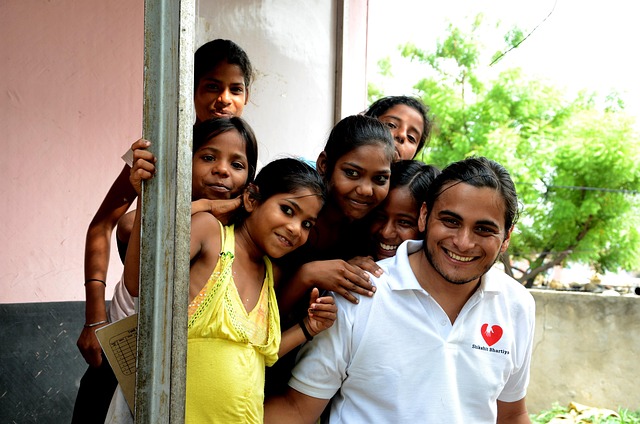Mental health trends and community support across countries
Mental health patterns reflect demographic shifts, urban growth, migration flows, and unequal access to services. Community-based supports—shaped by education, gender inclusion, aging populations, climate displacement, workforce capacity, and digital access—play a growing role in local resilience.

This article is for informational purposes only and should not be considered medical advice. Please consult a qualified healthcare professional for personalized guidance and treatment.
Across different countries, mental health trends are being reshaped by demographic change, urban growth, migration, and socioeconomic conditions. Community support systems — including informal networks, schools, workplaces, and primary care — often determine whether people access prevention, early intervention, or longer-term care. Local variations in education, gender norms, aging populations, climate-related displacement, workforce capacity, and digital access influence both the types of needs that emerge and how communities respond.
How do demographics influence mental health?
Shifts in population age structures and household composition change service needs and prevalence patterns. Aging populations tend to see higher rates of cognitive decline and late-life depression, whereas countries with youth bulges may face increased rates of anxiety and substance use among adolescents and young adults. Demographic data helps planners allocate resources, adapt training for the workforce, and design prevention programs targeted to specific life stages to improve coverage and relevance.
What impacts do urbanization and migration have?
Urbanization concentrates people and services but can also weaken traditional social ties, increasing loneliness and stress for newcomers. Migration, whether internal or cross-border, disrupts social networks and may expose people to trauma, uncertainty, and barriers to care such as language and legal status. Cities that invest in inclusive local services and culturally adapted outreach tend to mitigate risks, while rural depopulation can leave gaps in continuity of care and peer support for those left behind.
How do inequality and education affect outcomes?
Socioeconomic inequality shapes exposure to risk factors like insecure housing, food insecurity, and unstable employment, all linked to worse mental health outcomes. Education provides protective effects by fostering health literacy, helping people recognize symptoms and seek help earlier, and by improving employment prospects. Reducing structural barriers and investing in equitable education and community programs can bolster resilience and narrow disparities in access to care.
How are gender and inclusion addressed locally?
Gender norms influence how symptoms are expressed and whether people seek help, so community programs that are gender-sensitive can improve reach and effectiveness. Inclusion extends beyond gender to language, disability, sexual orientation, and migration status. Peer-led groups, school-based initiatives, and workplace mental health efforts that explicitly consider inclusion tend to lower stigma and broaden access, while monitoring by gender and inclusion indicators supports accountability and adaptation.
How do aging, climate, and displacement interact?
Older adults face unique risks from isolation and chronic illness, and extreme weather or slow-onset climate impacts can force displacement that strains social networks. Climate-related displacement often compounds grief, loss of livelihood, and uncertainty, which can worsen anxiety and trauma-related conditions. Community resilience measures that integrate psychosocial support into emergency planning, age-friendly services, and stable housing policies help preserve continuity of care for vulnerable groups.
What roles do workforce and digital access play?
A trained, supported mental health workforce is essential, yet many countries face clinician shortages and uneven training. Task-sharing models that engage community health workers and peer supporters can extend reach when paired with robust supervision. Digital access enables tele-mental-health, psychoeducation, and peer networks, but unequal connectivity and digital literacy limit benefits. Investments in infrastructure, privacy safeguards, and culturally relevant digital content increase the viability of blended care approaches.
Conclusion Mental health trends across countries reflect a complex mix of demographics, urbanization, migration, inequality, education, gender dynamics, aging, climate displacement, workforce capacity, and digital access. Strengthening community support systems—through inclusive policies, targeted education, workforce development, and equitable digital solutions—can enhance resilience and reduce unmet needs while recognizing that local contexts require tailored responses.





